Israel Faces Deepening Political Crisis and Courtroom Fights
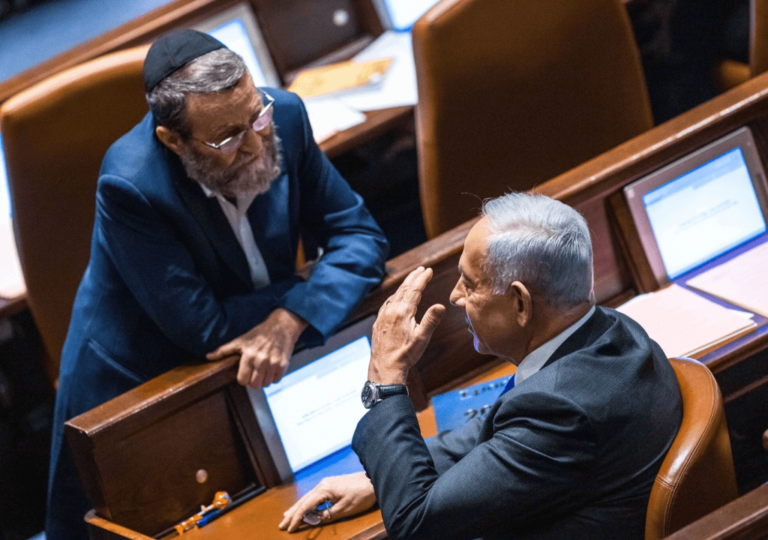
Israel is embroiled in a deepening political crisis as legal battles and courtroom fights intensify, testing the government’s stability and sparking nationwide debate.

Israel is embroiled in a deepening political crisis as legal battles and courtroom fights intensify, testing the government’s stability and sparking nationwide debate.
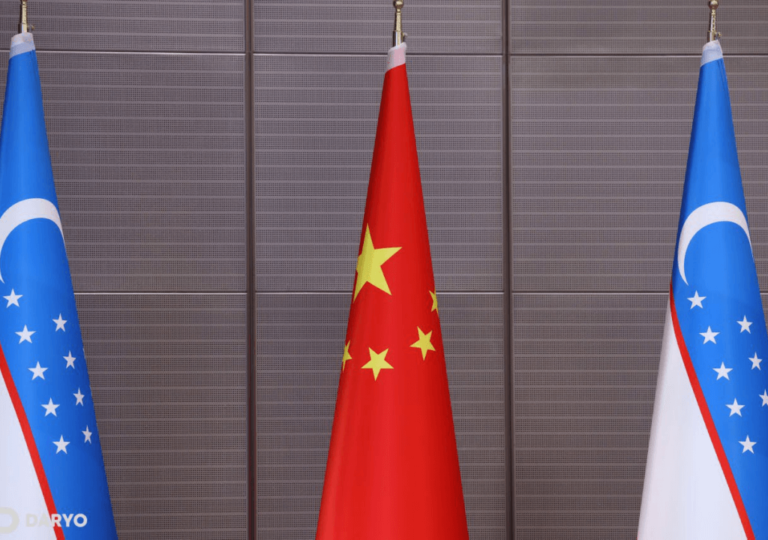
China's influence in Uzbekistan is growing through investments, infrastructure, and diplomacy. But is Beijing gaining too much control? Many Uzbeks on social media are concerned.
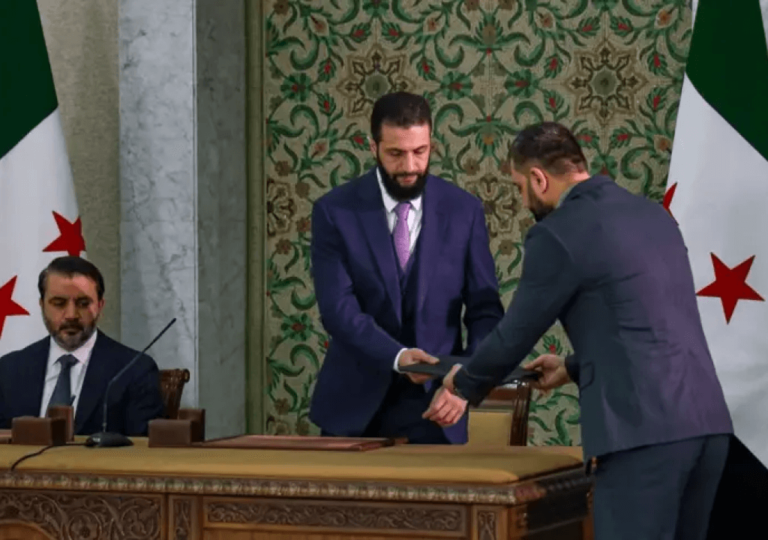
Is Syria’s new constitutional declaration truly inclusive, or does it mask deeper divisions? Explore the challenges and implications of Syria’s evolving political framework.

Discover how new rail routes in Central Asia are strengthening Kazakhstan’s strategic importance, enhancing trade, and redefining regional influence.
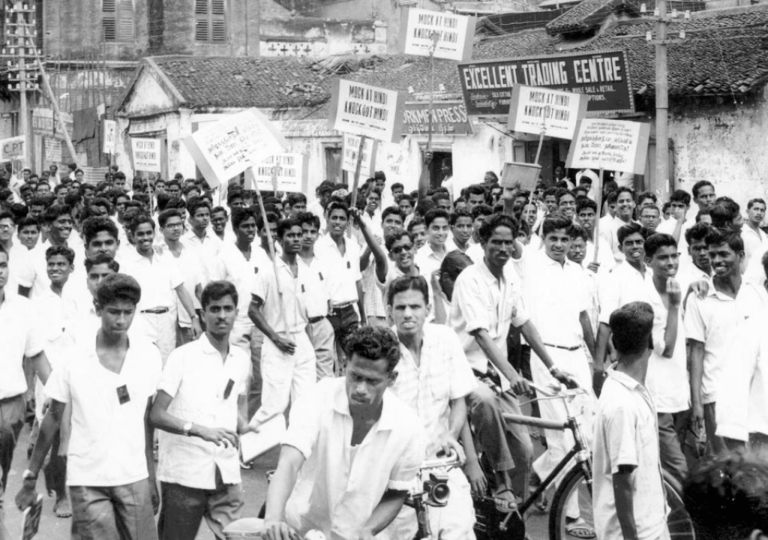
India’s language divide is becoming more pronounced, sparking political and cultural tensions. Is the nation heading toward a deeper crisis?
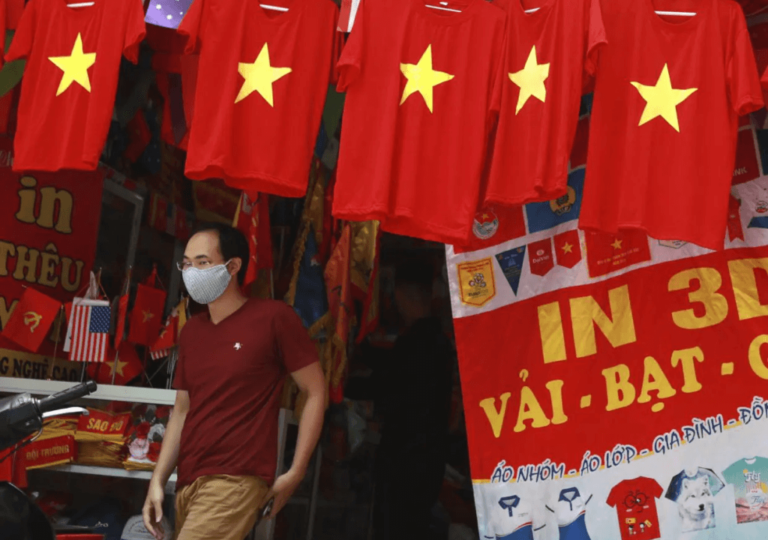
Vietnam, long affected by bureaucracy, inefficiency, and corruption, is taking bold steps to reform its governance, aiming for political and economic growth.
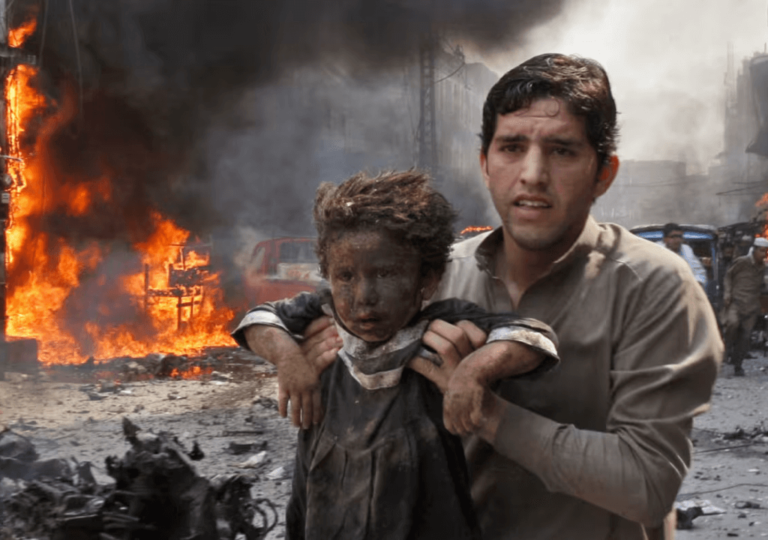
Balochistan is witnessing escalating violence and deepening political divisions, with a rising death toll and increasing instability.
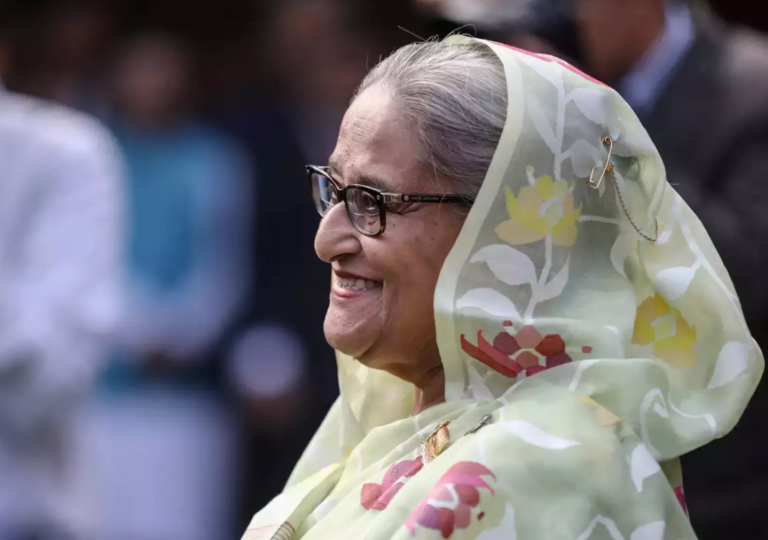
As Bangladesh navigates through a political crisis, is support for Prime Minister Sheikh Hasina growing?
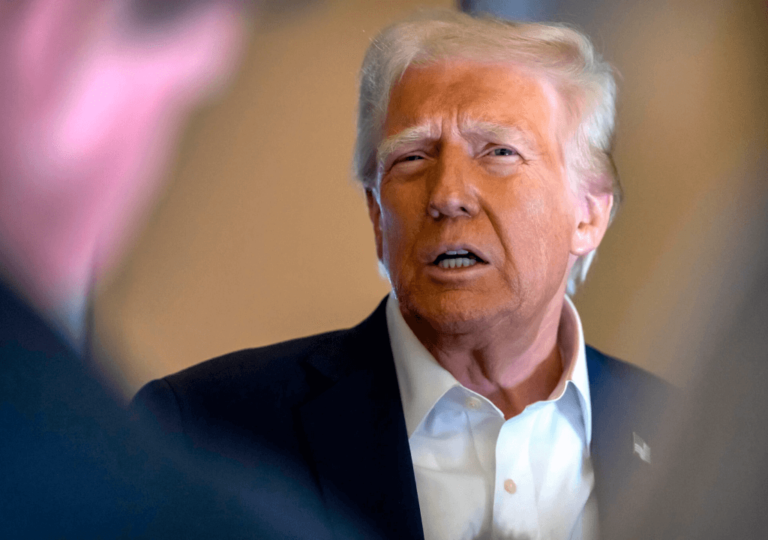
Is Trump’s call for Gazans to “Leave for a Better Life” a strategic policy or mere rhetoric?

Iraq's parliament has passed laws that may legalize child marriage, raising concerns about women's rights and children's protection